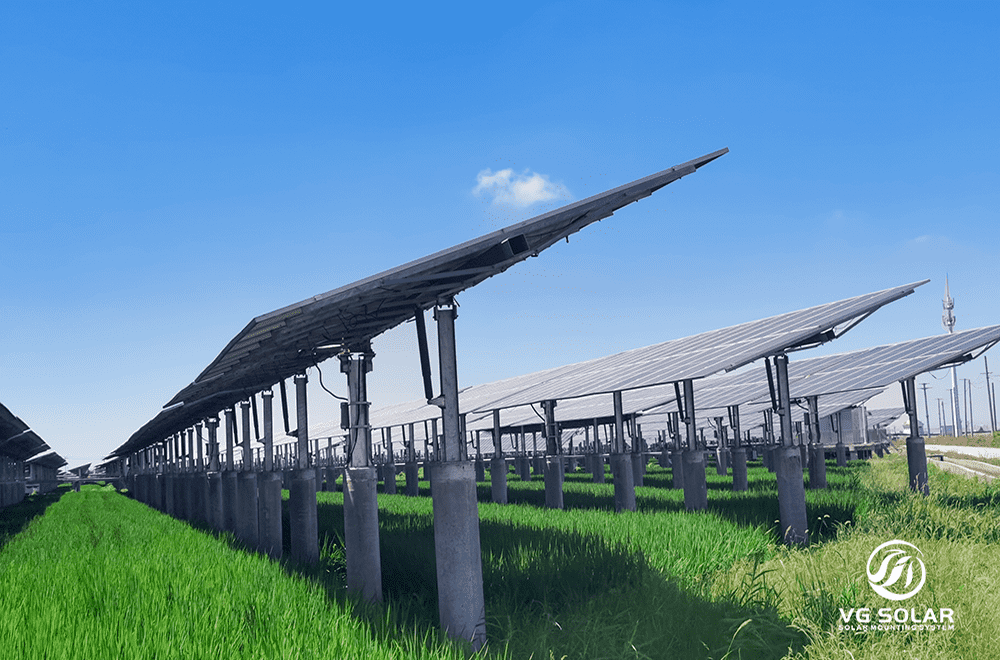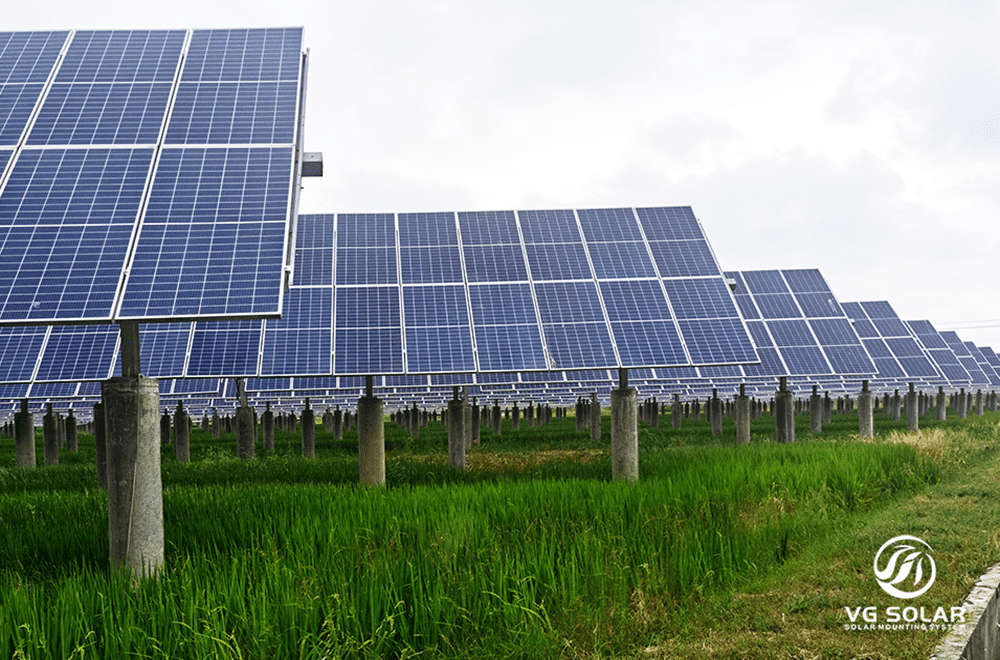In the search for sustainable energy solutions, photovoltaic (PV) technology has emerged as a frontrunner, harnessing the power of the sun to generate electricity. However, the efficiency of solar panels can be significantly improved through the implementation of photovoltaic tracking systems. These advanced systems not only track the sun's movement in real time, but also use artificial intelligence (AI) technology and sophisticated algorithms to optimise energy production. By allowing direct sunlight to reach the photovoltaic array, these systems increase the amount of radiation received by the panels, ultimately reducing electricity costs and maximising output.
The mechanics of solar tracking
At its core, a photovoltaic tracking system is designed to follow the sun's path across the sky throughout the day. Unlike fixed solar panels, which remain stationary, tracking systems adjust the angle of the panels to maintain optimal alignment with the sun. This dynamic movement ensures that the panels capture the maximum amount of sunlight, significantly increasing their efficiency.

The technology behind these systems has evolved dramatically, with modern trackers using AI algorithms that enable them to self-adjust and self-track. This intelligent capability allows the system to respond to changing weather conditions, such as cloud cover or changing angles of sunlight, ensuring that the photovoltaic array is always positioned for peak performance. As a result, photovoltaic tracking systems give solar power plants the 'wings' of higher efficiency, allowing them to soar above traditional fixed installations.
The role of AI in photovoltaic tracking
Artificial intelligence plays a key role in the functionality of photovoltaic tracking systems. By analysing vast amounts of data, AI algorithms can predict the path of the sun with remarkable accuracy. This predictive capability allows the system to make real-time adjustments, ensuring that the panels are always aligned to capture the most sunlight.
AI can also monitor the performance of the solar panels, identifying any inefficiencies or malfunctions. This proactive approach to maintenance not only extends the life of the equipment, but also ensures that energy production remains at optimal levels. By integrating AI technology, photovoltaic tracking systems become more than just mechanical devices; they become intelligent energy solutions that adapt to their environment.

Economic and environmental benefits
The economic benefits of photovoltaic tracking systems are significant. By increasing the amount of solar radiation received by the panels, these systems can increase energy output by 20% to 50% compared to fixed installations. This increase in efficiency translates directly into lower electricity costs for consumers and businesses alike. As energy prices continue to rise, the financial benefits of investing in photovoltaic tracking technology become increasingly compelling.
From an environmental perspective, the increased efficiency of PV tracking systems contributes to a more sustainable energy landscape. By maximising the use of renewable energy sources, these systems help to reduce reliance on fossil fuels, thereby reducing greenhouse gas emissions. As the world grapples with the challenges of climate change, the adoption of smart solar technologies such as PV tracking systems is critical to a greener future.
Conclusion
In conclusion, photovoltaic tracking systems represent a significant advancement in solar energy technology. By harnessing the power of AI and real-time tracking, these systems increase the efficiency of photovoltaic power plants, allowing them to capture more sunlight and produce more electricity. The economic and environmental benefits of this technology are undeniable, making it a vital part of the transition to sustainable energy. As we continue to innovate and improve our energy systems, solar tracking will undoubtedly play a key role in shaping a cleaner, more efficient future.
Post time: Nov-01-2024
